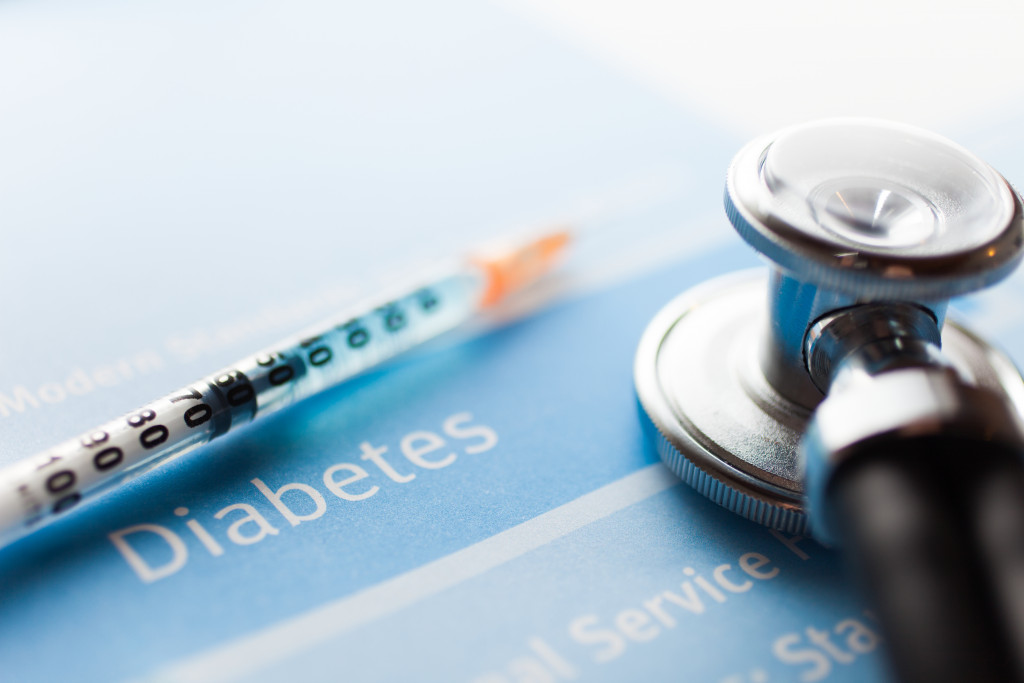Pre-diabetes is a condition with high blood sugar levels but not enough to be diabetes. However, it’s important to note that pre-diabetes isn’t a stand-alone condition — it’s an early warning sign of type 2 diabetes, and if left untreated, it can lead to serious health problems. It’s estimated that about 80% of people who have pre-diabetes don’t know about it. Here’s what you need to know about pre-diabetes, its symptoms, how to diagnose it, and how to treat it.
What Is Pre-Diabetes?
Pre-diabetes is the term used to describe when someone has slightly elevated blood sugar levels — usually between 100 mg/dL (standard) and 125 mg/dL (diabetic). This means that one’s body isn’t correctly using insulin or producing enough of it. Insulin is a hormone that helps the body use glucose from carbohydrates for energy. When there’s insufficient insulin or the body can’t use it correctly, glucose builds up in the bloodstream instead of being used for energy — leading to pre-diabetes.
Symptoms of Pre-Diabetes
The pre-diabetes symptoms are often subtle and can easily be overlooked or attributed to something else. However, some common signs include frequent urination, extreme thirst or hunger, tiredness, blurred vision, and slow wound healing.
Pre-diabetes can also be related to all sorts of oral problems, such as gum disease and tooth loss, much like diabetes. This is why people diagnosed with pre-diabetes are suggested to visit their local dentist often. This can help prevent further damage to their teeth and gums from the disease.
Risk Factors
Everyone can have pre-diabetes, but some predisposed factors can make you more vulnerable to this disease. Here are some common risk factors:
Family History and Genetics
There is a strong genetic link between pre-diabetes and type 2 diabetes. If you have a family history of either condition, you may be at an increased risk for pre-diabetes. Studies have shown that if one parent has type 2 diabetes, their child has a 25% chance of developing it. If both parents have type 2 diabetes, that number increases to 50%. So it’s essential to know your family history and speak with your doctor about potential risks or concerns.
Weight and Exercise
Being overweight or obese is one of the most significant risk factors for developing pre-diabetes. Excess weight can lead to insulin resistance — when the body does not use insulin properly — which can cause blood sugar levels to rise. Regular exercise can help you maintain a healthy weight and reduce your risk of developing pre-diabetic conditions such as metabolic syndrome or polycystic ovary syndrome (PCOS). Aim for at least 30 minutes of physical activity each day, and talk to your doctor about ways to safely reach your fitness goals.
Age & Gender
Your age and gender can also increase your risk of developing pre-diabetic conditions such as high blood pressure or high cholesterol levels. Generally speaking, men are more likely than women to develop pre-diabetes after age 45, while women are more likely than men after age 55. Talk with your doctor about any potential risks associated with aging so you can take steps to keep yourself healthy for years to come.

How Is Pre-Diabetes Diagnosed?
Your doctor will likely order blood tests such as an A1C test or a fasting plasma glucose test (FPG) to diagnose you with pre-diabetes. The A1C test measures your average blood sugar level over the past two to three months, while an FPG measures your blood sugar level after fasting for at least 8 hours. If your results show an A1C between 5.7% and 6.4%, you have been diagnosed with pre-diabetes.
How Can I Treat Pre-Diabetes?
The good news is that pre-diabetes can be reversed with lifestyle changes such as eating a healthy diet and exercising regularly. You should also try to maintain a healthy weight by limiting processed foods high in added sugars and saturated fats and avoiding sugary beverages like soda or juice drinks, which contain empty calories and no nutritional value whatsoever. Additionally, quitting smoking will help reduce your risk of developing complications from diabetes, such as heart disease or stroke, down the line if left unchecked now!
Pre-Diabetes is an early warning sign of type 2 diabetes that can lead to serious health issues if left untreated so understanding what it is and how it affects you is essential for managing your long-term health! By making simple lifestyle changes like eating healthier foods, exercising regularly, maintaining a healthy weight, and quitting smoking if necessary – you can reverse pre-diabetic conditions before they become full-on Type 2 Diabetes! In addition, taking control of your health now may help you avoid more severe complications, so talk with your doctor today about getting tested for pre-diabetic conditions – knowledge truly is power!


